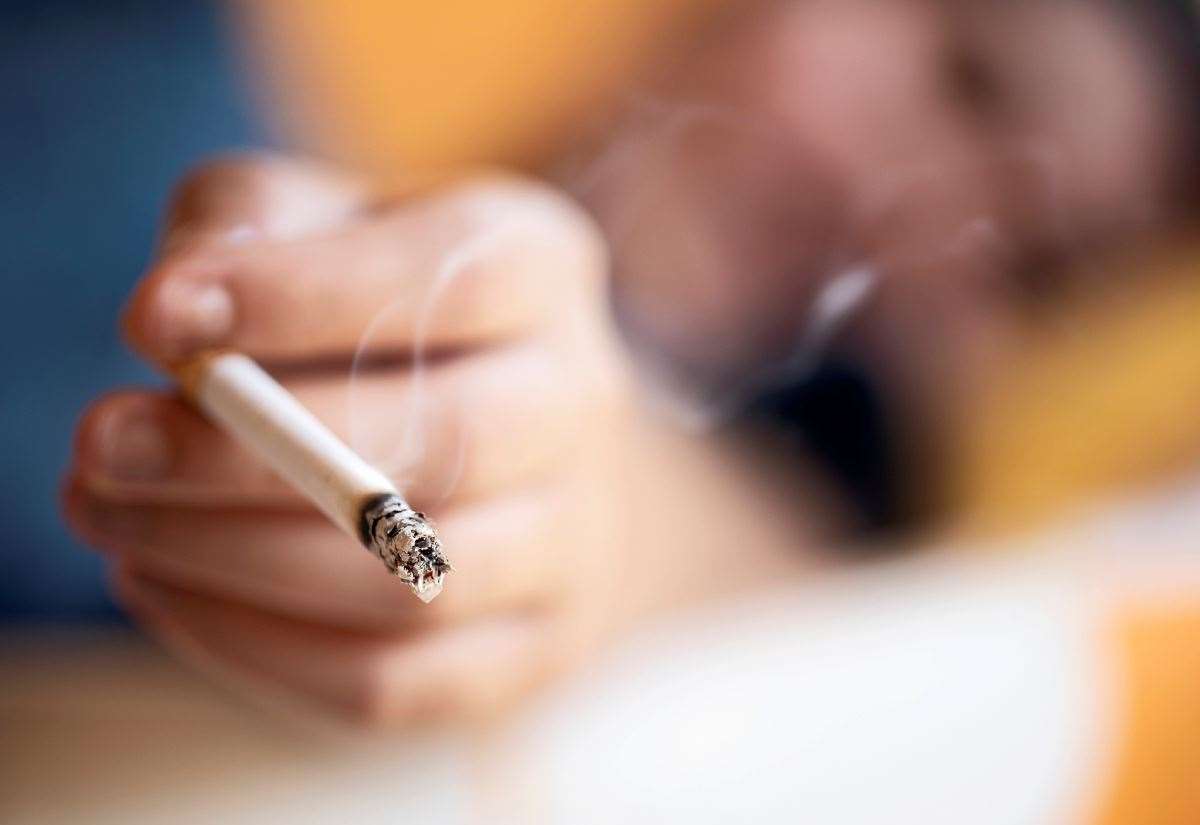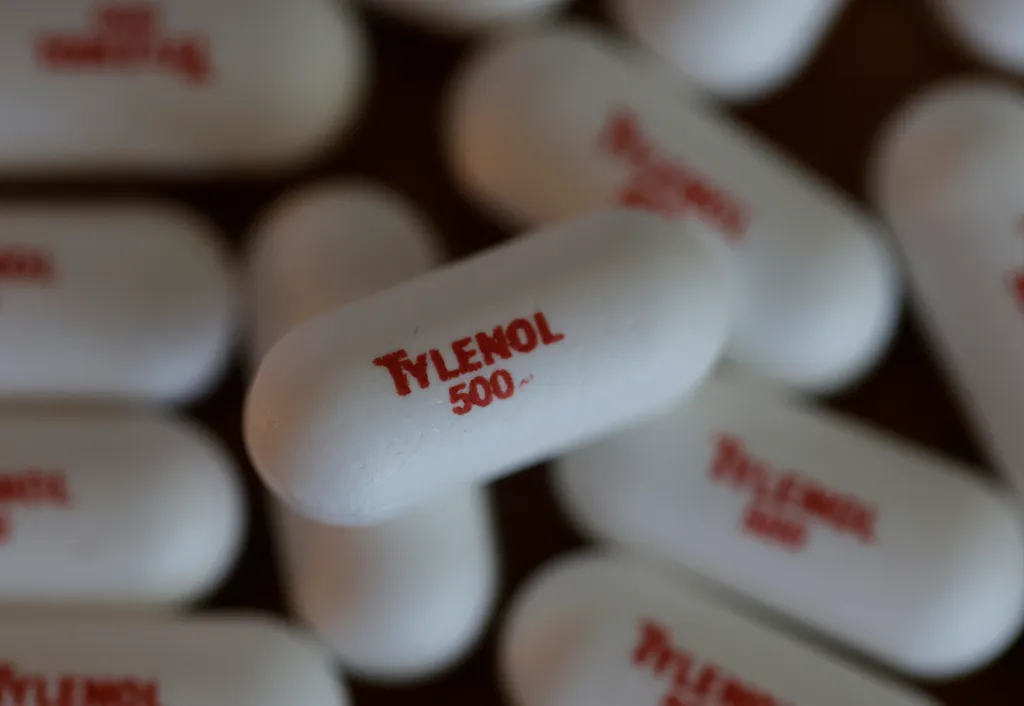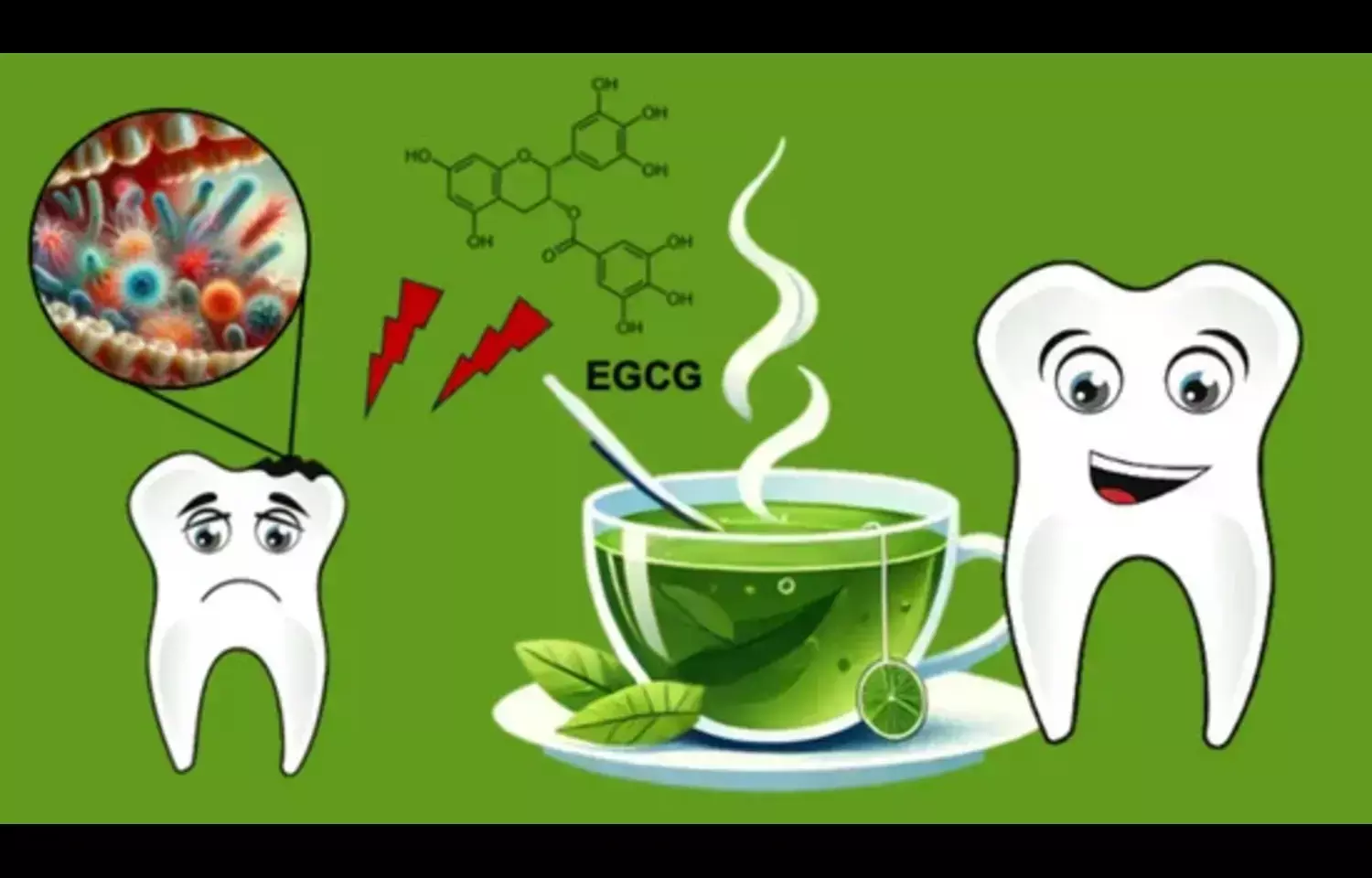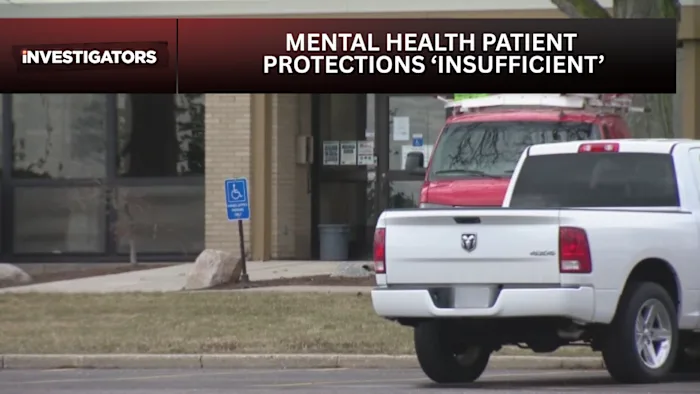By Lauren Cameron
Copyright inverness-courier

Smoking-related harm is costing NHS Highland up to £30 million a year, it has been revealed.
The health board will be asked to endorse and implement a new tobacco and vaping strategy for the next five years when it meets tomorrow.
It is designed to address challenges linked to its position that “tobacco use remains the leading preventable cause of death in Scotland, with significant health inequalities persisting across socioeconomic groups” and support the national ambition of achieving a tobacco-free generation by 2034.
Health chiefs warn smoking and vaping trends are widening inequalities, driving the new five-year strategy to cut smoking and tackle nicotine use.
Smoking: declining overall, but inequalities persist
Smoking remains Scotland’s leading cause of preventable death. Overall rates have fallen nationally to 14 per cent, but in Highland 13 per cent of adults still smoke, including 12.2 per cent of pregnant women.
Figures from NHS Highland show progress is slower in deprived communities, where people are now more than four times as likely to die from smoking-related disease than those in the least deprived. These inequalities are linked to wider social and economic factors, meaning people in poorer communities face higher risks and have less access to support.
Across Scotland, the NHS spends between £300-500 million each year treating smoking-related illness. In NHS Highland it is £19-30 million
Jennifer Davies, NHS Highland’s director of public health, said: “Tobacco smoking remains a significant driver of inequalities and health. Although smoking rates have been falling since 2003, these reductions hide a widening difference in smoking rates between the most deprived and least deprived communities.
“Smoking prevalence is falling in all socioeconomic groups, but it is falling fastest in least deprived communities. Consequently, smoking rates are higher in more deprived areas, and people living in those communities are at higher risk of experiencing high levels of smoking-related harm.”
The strategy prioritises those most at risk – including people with mental health conditions, pregnant women, hospital patients and those in the most deprived communities. Planned actions include expanding services at Raigmore Hospital, strengthening GP and pharmacy services, improving follow-up data, and training more frontline staff.
Vaping and new nicotine products: a fast-growing challenge
Alongside tobacco, the strategy addresses the rapid rise of vaping and other nicotine products. The use of e-cigarettes has more than doubled in Scotland over the past decade, rising from five per cent of adults in 2014 to 12 per cent in 2023. Use is highest among 16–24-year-olds, where 22 per cent now vape, up from 15 per cent the year before.
New products such as nicotine pouches – small sachets placed under the lip – are also gaining popularity. Unlike cigarettes and vapes, they are not yet subject to advertising or age-of-sale restrictions, raising concern among health leaders.
NHS Highland says its approach must protect children and non-smokers while recognising that vaping may help some adults quit smoking..
Do you want to respond to this article? If so, click here to submit your thoughts and they may be published in print.



